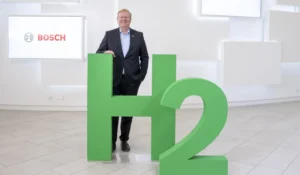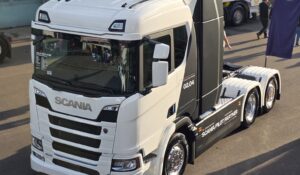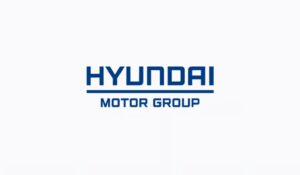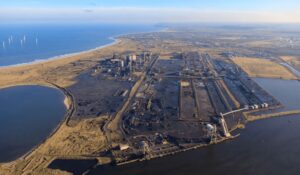Johnson Matthey and Bosch join forces in hydrogen fuel cell push
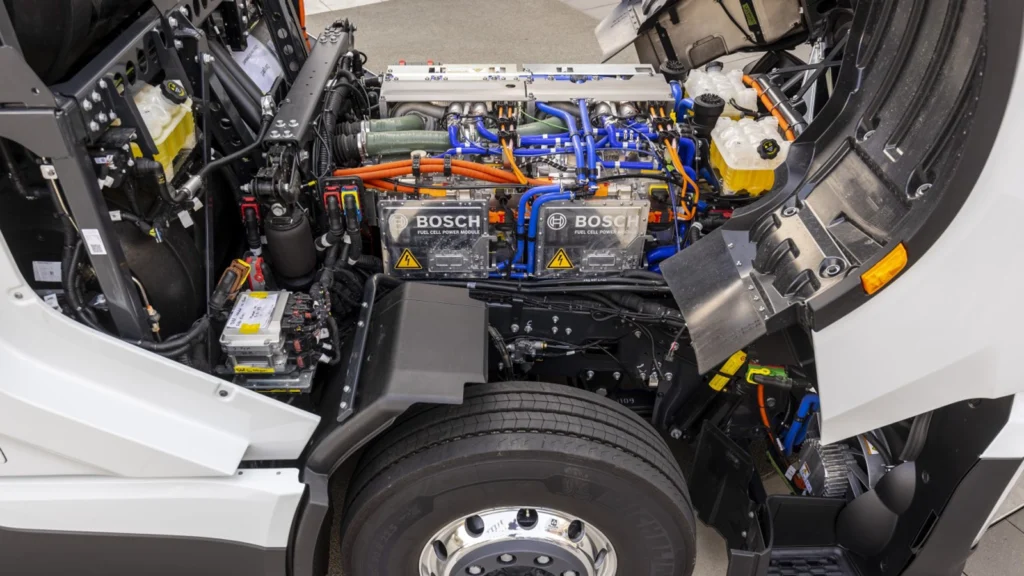
Johnson Matthey (JM) and Bosch have announced a long-term collaboration to develop and produce high-performance catalyst coated membranes (CCMs) for hydrogen fuel cells – an agreement that reflects both companies’ growing interest in accelerating the decarbonisation of transport.
At a time when the automotive industry is racing to cut emissions, JM and Bosch are approaching hydrogen from two distinct angles that align surprisingly well.
JM, with its two centuries of expertise in advanced metals chemistry, has faced recent investor scrutiny about its hydrogen spending.
Rather than abandoning the sector, however, it’s choosing to focus on high-impact efforts – like this partnership – to showcase a clearer path to commercial viability.
By contributing its core strengths in catalytic science, JM hopes to deliver more efficient and cost-effective fuel cells without stretching itself too thin.
Bosch’s multi-billion dollar hydrogen commitment
Bosch, in contrast, is making a bold bet on hydrogen.
The German engineering giant has pledged more than $2.5 billion for hydrogen technology by 2026, viewing fuel cells, green hydrogen, and the necessary infrastructure as essential for modernising commercial transport and heavy industry.
While Bosch already has a history in automotive power solutions, it sees hydrogen as the key to serving medium- and heavy-duty vehicles that need extended range and rapid refuelling—areas where battery-electric drivetrains can be challenging.
Under their joint venture, JM will refine CCMs – the heart of a proton exchange membrane (PEM) fuel cell – where hydrogen and oxygen react to produce electricity and water.
Bosch, drawing on its manufacturing know-how, will integrate these membranes into compact and scalable fuel cell modules, primarily aimed at buses, trucks, and other commercial fleets.
If the collaboration meets its goals, the resulting power systems could offer faster refuelling, longer range, and lower emissions than current diesel vehicles.
JM Hydrogen Technologies Chief Executive Anish Taneja has expressed excitement over blending JM’s scientific expertise with Bosch’s industrial reach, while Beate Grota, Bosch Mobility’s Executive Vice President of Engineering Power Solutions, highlighted that fuel cells for mobile applications are “technologically ready” for widespread use.
Their comments point to a shared mission: to move hydrogen beyond trial phases and into real-world deployments.
Finding the right balance: JM’s investor-driven cuts
JM’s recent spending cuts in hydrogen might appear contradictory, but they underscore a larger trend: Investors increasingly demand transparency on capital allocation and a clear roadmap to profitability.
By teaming up with a partner that has both the financial backing and the production scale, JM can concentrate its resources in areas where it can have the most impact – chiefly, in catalytic membrane innovation.
Meanwhile, Bosch’s strategy is shaped by its goal of revolutionising commercial transport.
Heavy-duty fleets face stringent emissions rules, and hydrogen presents an appealing alternative to diesel or bulky battery packs.
Bosch’s substantial investment prepares it for a future in which fuel cells may prove as integral as combustion engines were for most of the 20th century.
Central to this push are the CCMs themselves. Coated with precious-metal catalysts, these membranes enable the electrochemical reaction that powers fuel cells, splitting hydrogen molecules into protons and electrons.
Advances here can reduce platinum consumption, improve durability, and drive down costs – decisive factors for mass adoption in trucking and beyond.
Looking at the bigger picture, the JM-Bosch deal highlights the rapidly evolving hydrogen landscape.
Government mandates, climate objectives, and shifting market demand mean the automotive and energy sectors are exploring every avenue – from battery-electric to hydrogen – to meet diverse commercial requirements.
In heavier vehicles, fuel cells often emerge as a prime candidate because of their energy density and swift refuelling.
Ultimately, the measure of success will be whether these companies can translate technical collaboration into large-scale deployment.
Bosch’s investment could spur supporting infrastructure and give the technology a major push, while JM’s specialised role ensures a critical piece of the puzzle – CCMs – meets commercial standards.
If they get it right, hydrogen could play a much larger role in tomorrow’s transport landscape, proving that partnerships like this one are not just about clean ideals but about delivering tangible solutions for next-generation mobility.

